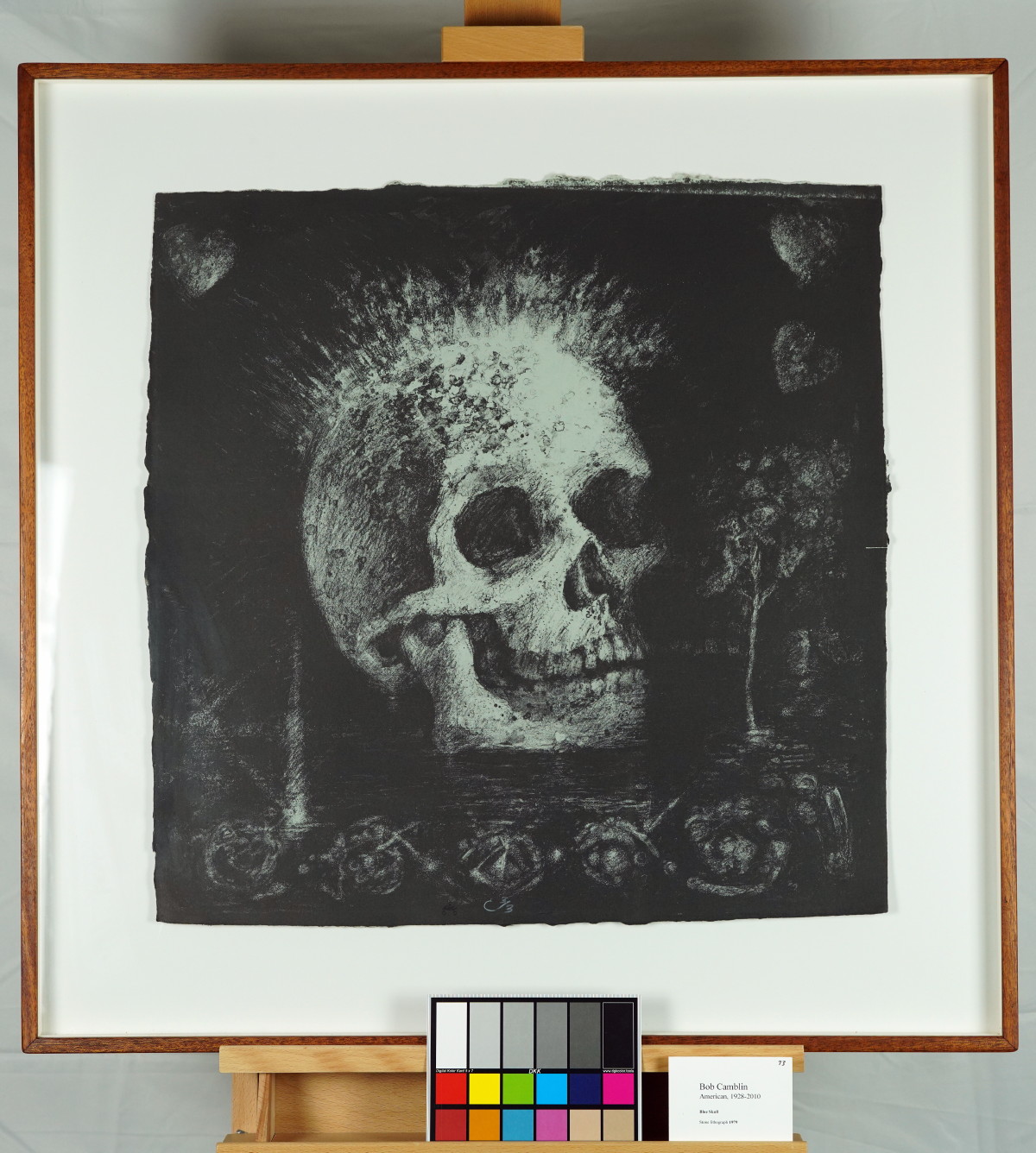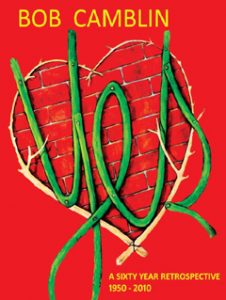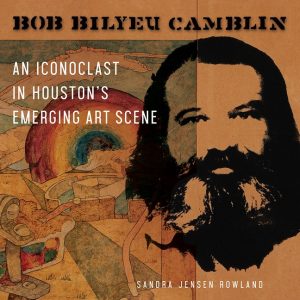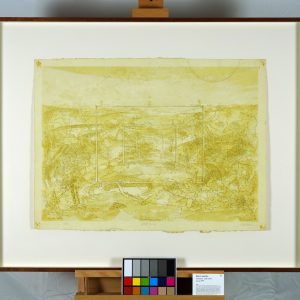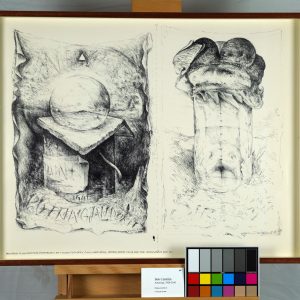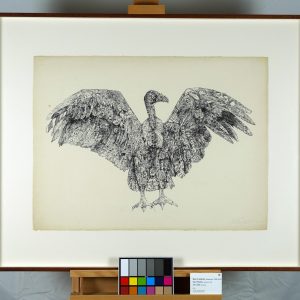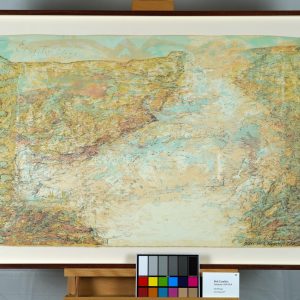Description
Blue Skull, 1979Lithograph 2 chops LEE and ABC 3/3 Little Egypt Enterprises
Unsigned (what’s the reason for this?)
23.5 x 23.5 in. (image)
32.5 x 32.5 x 2 in. (frame)
original, includes certificate of authenticity from ArtTrust
“Blue Skull” (there is a Red Skull and a White Skull in this series) features a stark, monochromatic depiction of a skull illuminated in a dramatic, high-contrast style. The artwork is designed to evoke a sense of contemplation about mortality and the inevitable cycle of life and death. Specifically, this lithograph is used as a Zen koan to help self-discover one’s spirit guide. The rough texture and details of the skull surface suggest decay, while the surrounding elements like scattered objects and shadowy forms add layers of mystery to the composition. At the lower portion, symbolic shapes are drawn, resembling cryptic symbols or talismans.
In Zen, the skull often serves as a reminder of impermanence (無常, mujō), highlighting the transient nature of existence. It symbolizes the dissolution of the ego and the return to the fundamental state of emptiness. The image invites viewers to confront their own mortality and to understand that by embracing the inevitable end, one may find freedom from worldly attachments.
The I Ching hexagram that resonates with this artwork is Hexagram 18, “Work on What Has Been Spoiled” (蠱, Gǔ). The decayed skull can be seen as an allegory for neglect and corruption, symbolizing the need for purification and self-reflection. The surrounding symbolic shapes may signify the ongoing process of clearing away decay and embracing renewal to achieve a state of harmony.
The image integrates existential themes with mystical symbolism, inviting an exploration of death as both an end and a doorway. The cryptic symbols hint at hidden meanings or esoteric knowledge related to life’s cyclical nature. This unification of concepts suggests a transformation where decay is not merely loss but part of a regenerative process.
Skulls in art have a long tradition as “memento mori”—a Latin phrase meaning “remember you must die.” This genre emerged as a moral and spiritual exercise, encouraging viewers to focus on the spiritual rather than the material. The rough, expressive rendering connects with Symbolist and Surrealist traditions, where death’s imagery is used to explore the subconscious and metaphysical aspects of life. The texture and technique suggest an influence of Goya’s “The Disasters of War” etchings or even the macabre illustrations of Odilon Redon.
Hidden within the artwork might be faint symbols or ghostly forms, subtly integrated to evoke a sense of the unknown that lies beyond death. These elements prompt further reflection on whether they are mere background or purposeful guides to unravel deeper layers of the composition’s meaning. (Hint: They are purposeful guides that will indeed introduce you to your spirit guide.)
*Shipping cost will vary, please inquire at sales@camblingallery.com before purchasing.
Currently ships from Oregon, USA
Member of artnet? Apply for a discount! Inquire about intergallery and permanent loans for museums.
“Blue Skull” was featured in his Yes Retrospective and in Sandra Jensen Rowland’s monograph, Bob Bilyeu Camblin – An Iconoclast in Houston’s Emerging Art Scene.
Reproductions of this drawing are available in multiple sizes!
Click here to use our high-resolution viewer!
This artwork is available with a non-fungible token to ensure traceability and transparency of provenance.
The royalty factor – Unlike traditional artworks, such as paintings, mosaics, statues, and the like, NFTs can be programmed to provide royalties to you every time the painting (and token) is sold and resold – for eternity. That mind-bending Camblin you sold could be worth millions one day and provide income for your great-great-great grandkids!
Anti-forgery – The central idea underpinning NFTs is that they are built on the blockchain, which is meant to offer advanced security. Think of it like an un-erasable and un-avoidable copyright.
Easy authentication – Another compelling aspect of NFT art and NFTs in general is the ability to quickly and easily authenticate items, as the record of ownership is scrupulously kept on the blockchain.
